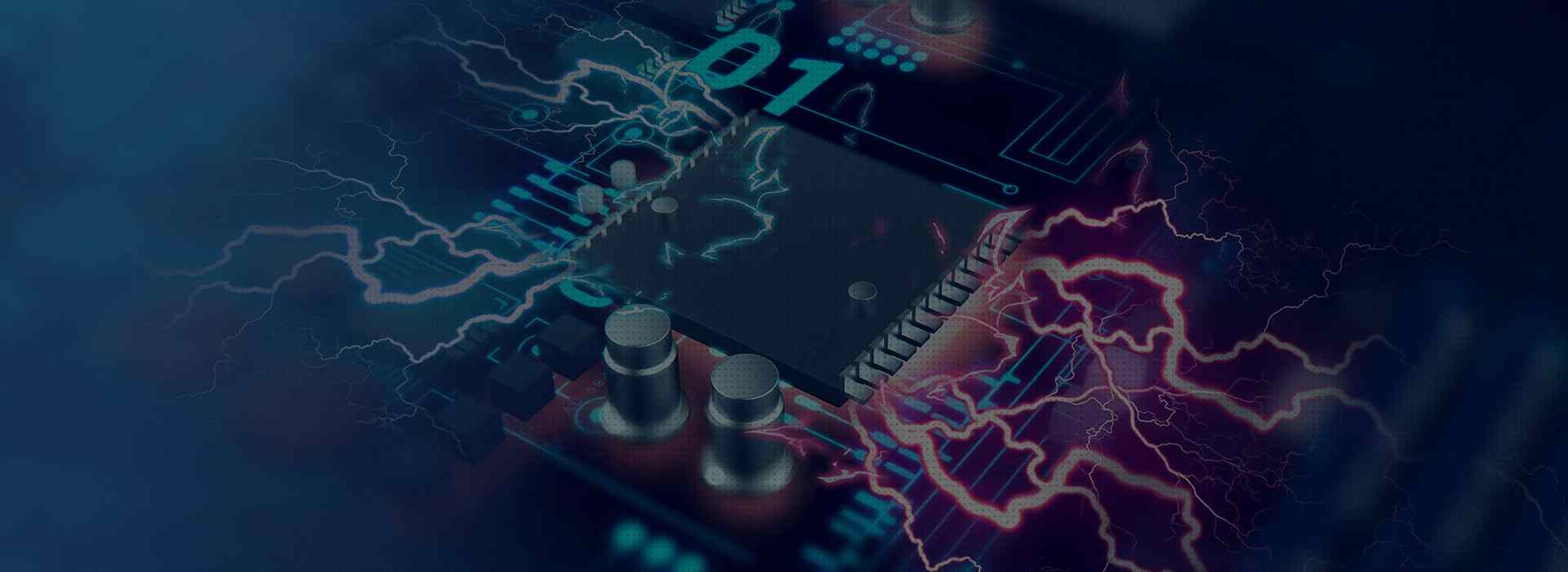What are Rogers Laminates? [h2]
Rogers Laminates are a family of high frequency, high performance printed circuit board (PCB) laminate materials made by Rogers Corporation. These laminates are designed for use in radio frequency (RF) and microwave circuitry and have excellent dielectric properties.
Some key properties of Rogers laminates include:
- Low dielectric loss tangent – Allows signals to propagate with minimal attenuation
- Controlled dielectric constant – Provides stable electrical performance
- Good thermal conductivity – Allows heat to dissipate from components
- Low Z-axis expansion – Prevents failures due to lamination stresses
Applications of Rogers Laminates [h2]
Rogers laminates are commonly used for designing:
- Radar and communication systems
- Satellite communication equipment
- Wireless infrastructure
- Automotive radar systems
And more. The consistent electrical performance and low loss of Rogers laminates make them well-suited for high frequency applications where signal integrity is critical.
| Laminate | Dielectric Constant | Loss Tangent | Key Features |
|---|---|---|---|
| RO4350B | 3.48 | 0.0037 | Low loss, high freq, multilayer |
| RO4003C | 3.38 | 0.0027 | Low loss, economies of scale |
| RT/duroid 6002 | 2.94 | 0.0012 | Ultra low loss, stable electrical |
Some popular laminate series:
- RT/duroid – Low loss, PTFE based
- RO3000 – Low loss, glass reinforced
- RO4000 – Low loss, high freq, multilayer
- TMM Thermount – High thermal conductivity
Manufacturing Rogers Laminates [h2]

Rogers laminates start with raw materials like glass cloth, ceramic, and fluoropolymer films. These are combined and go through an extrusion process to make large sheets of the dielectric material.
The sheets are then laminated with copper foil and processed to achieve the desired dielectric thickness and copper weight. Microvias, through holes, and other features can also be added during fabrication.
Stringent quality control and testing ensures consistency and reliability of the final laminate materials. Rogers Corp has dedicated manufacturing facilities to produce these high performance laminates.
Rogers vs FR-4 for PCBs [h2]
Rogers laminates differ significantly from standard FR-4 laminates:
- More stable dielectric constant over frequency
- Lower loss tangent – less signal loss
- Improved thermal conductivity
- Better electrical performance at high frequencies
These properties make Rogers better suited for RF/microwave boards. The tradeoff is higher cost compared to FR-4. For applications where performance is critical, Rogers provides superior characteristics.
FR-4 laminates are cheaper and adequate for many digital and low frequency analog PCBs. But RF boards with signals above 500MHz typically require Rogers or other exotic material.
Rogers Laminates – Frequently Asked Questions [h2]
What are some key benefits of using Rogers laminates? [h3]
Some benefits include stable and consistent dielectric constant, low dielectric loss for minimal signal loss, good thermal conductivity, and excellent electrical performance at microwave frequencies. Rogers laminates are engineered to provide reliable performance in RF/microwave applications.
What are the most common Rogers laminate materials used in PCBs? [h3]
Some popular materials are RT/duroid 6002/6006, RO3003, RO4350B, RO4835, RO4003C and TMM thermal clad laminates. Each material has different properties to suit various circuit requirements.
Can Rogers laminates be used for multilayer boards? [h3]
Yes, many Rogers laminates are well suited for multilayer boards. Materials like RO4350B, RO4003C and RO4835 laminates have properties that enable quality multilayer boards with microvias and buried passives.
How are Roger laminates different from FR-4? [h3]
Compared to FR-4, Rogers laminates have lower loss, more stable electrical properties at high freq, better thermal conductivity and overall superior performance for RF and microwave circuits. But they are also more expensive.
What are the typical applications of Rogers laminates? [h3]
Typical applications include radar systems, satellite equipment, wireless infrastructure, automotive radar, defense electronics, test instruments and any other application where high frequency signals need to propagate with minimal loss.

Leave a Reply